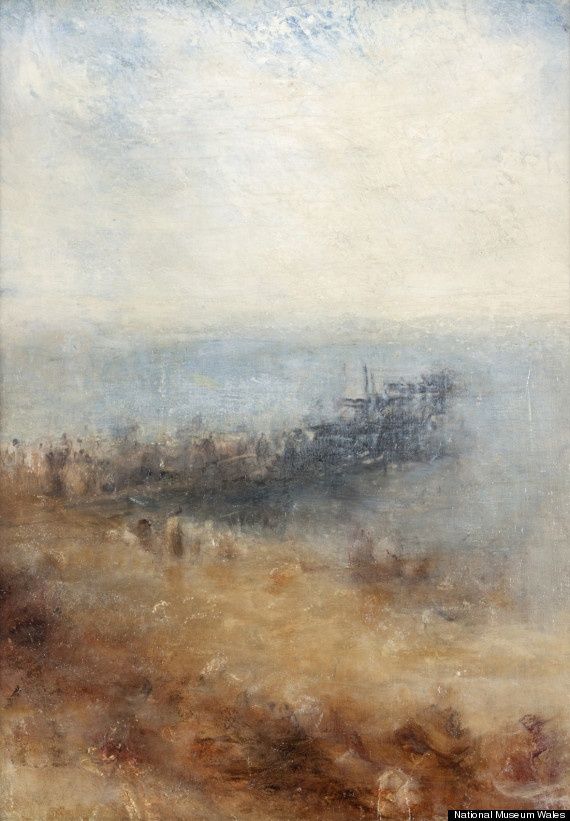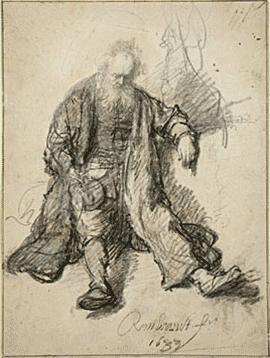Sitting this evening in the Rotunda Gallery of the Telfair Museum of Art in Savannah, Georgia, I was listening to violinist Daniel Hope and his friends create the most wonderful chamber music on the second day of the Savannah Music Festival. Around me on the walls of the museum were works of art large and small from the museum collection, dating mainly from the late 19th or early 20th century.
I thought back to a quote I had read by Roger H. Boulet, that "Life's ephemeral quality has always been evoked by artists". Composers and visual artists alike strive to convey their visions of life itself, or what they perceive that life to be in time. The searing passion and serene beauty of Samuel Barber's Adagio from String Quartet seemed to be the epitomy of Boulet's quote. Dvorak's Piano Quintet in A Major was full of romantic energy and melody: it echoed in feel some of the paintings on the museum walls that harked back to earlier, perhaps less complex times.
For each artist, rendering life itself is complex, intensely personal and usually the result of passion, technical skill and tenacity. Working out what you want to say in paint, pencil, music or any other medium is one thing; finding the right vehicle through which to express that message is another thing. Sometimes an artist knows clearly, ahead of time, what the work of art will be like. I find on occasion that I can envisage clearly the drawing or painting I want to do, down to a very detailed level, and yet, when I actually work on the piece, it inevitably acquires its own life and dictates to me how to proceed. In a way, I feel this is "rendering life itself", because life is flowing through me to the artwork and back again, to form an ongoing dialogue. The act of creating art (and I am sure, music or any other medium) is one part one's own will and input, but two parts the energy and life emanating from the piece being created. One always hears of novelists talking of their characters becoming "alive" and telling the author how to proceed in the novel. And yet, in each case, the act of creation is reflecting life's ephemeral quality as it is a moment in time: that art will never again be created in quite the same way.
The music I was lucky enough to hear performed this evening was definitely a wonderful sampling of art created to celebrate and render unique and fugitive moments in time. We are the richer for this music, just as we are richer for the other arts we inherit and enjoy in the world community.









